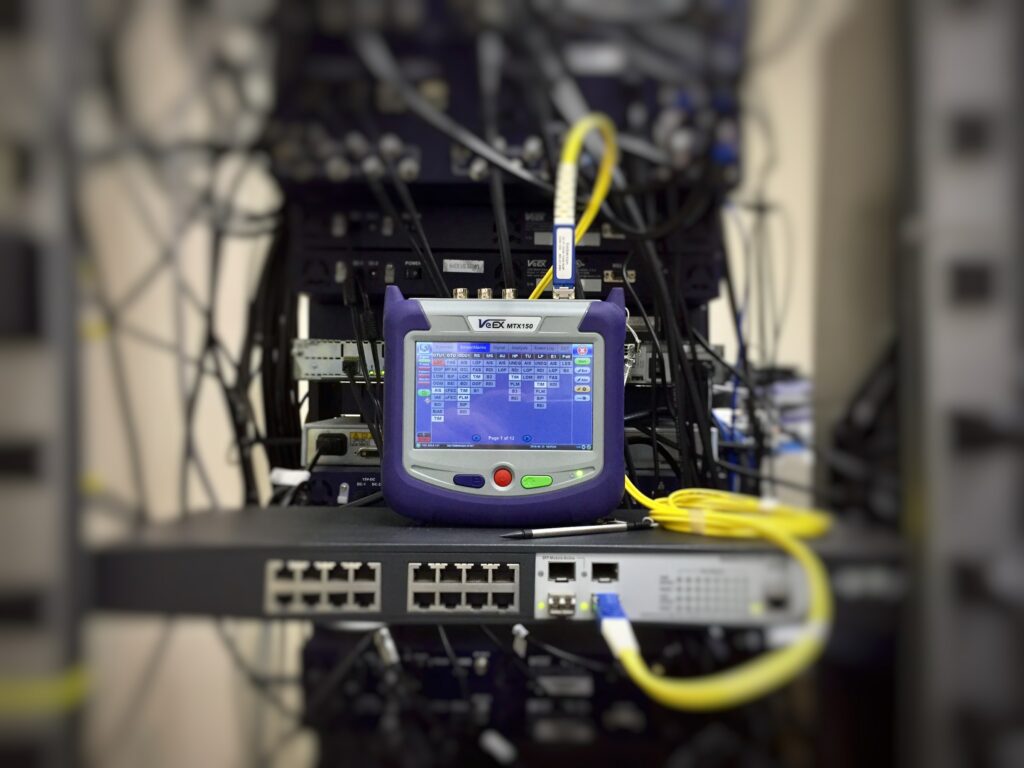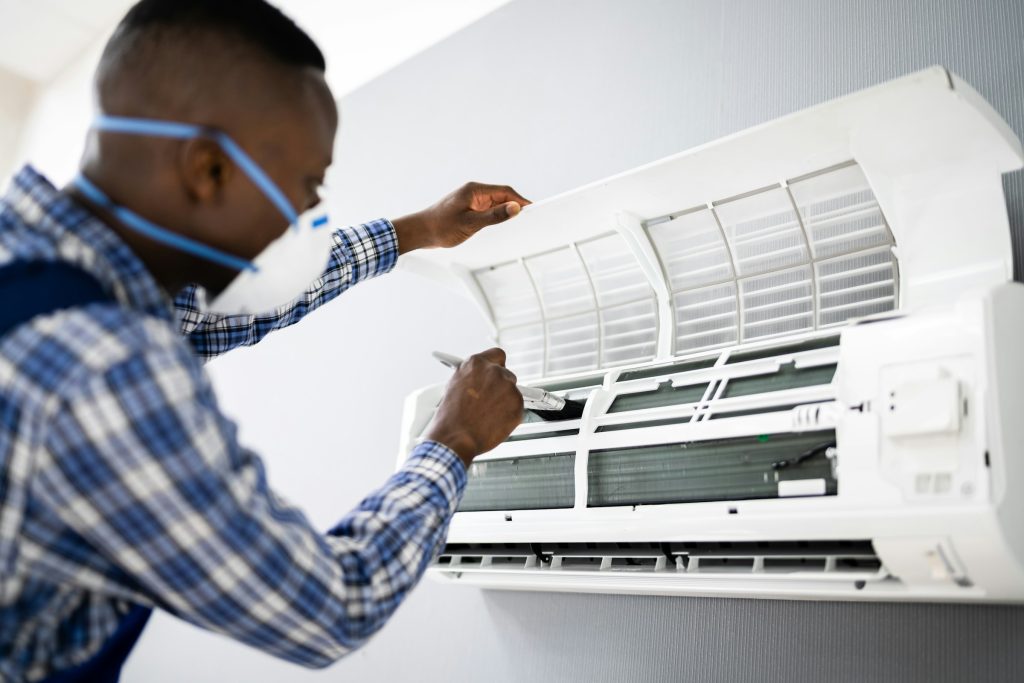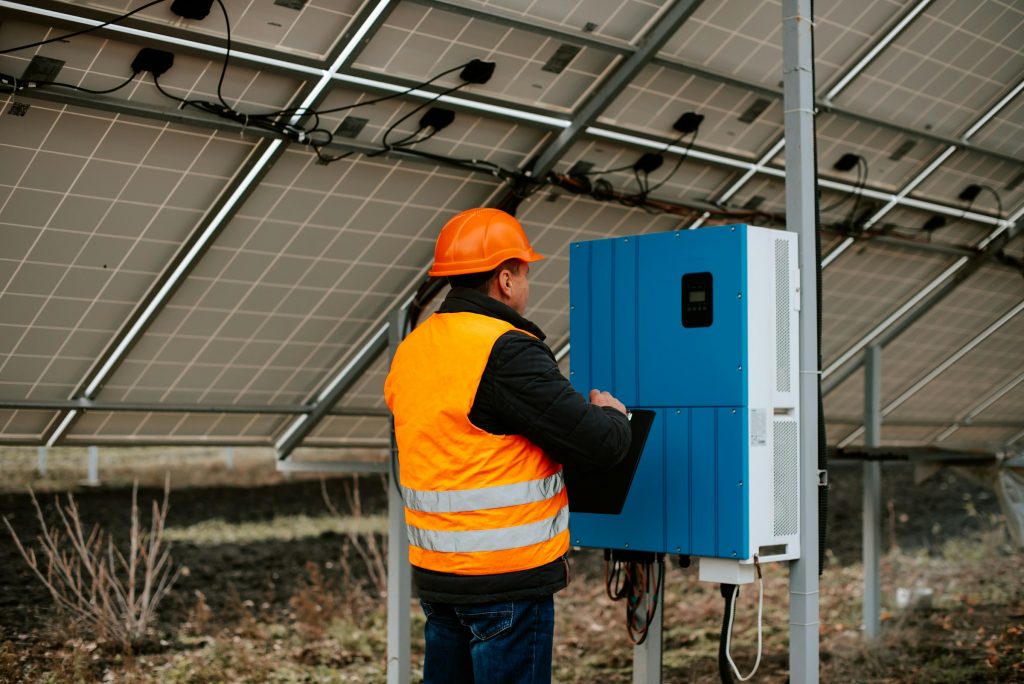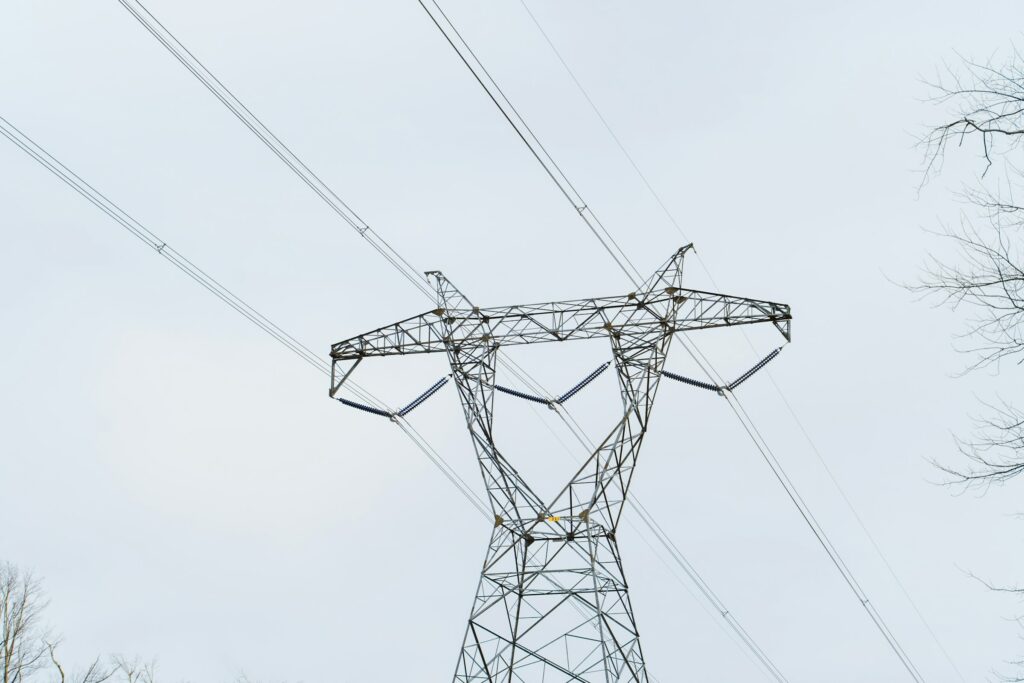Adaptation is key in the face of technological advancements, and the field of electricians isn’t an exception. This article delves into how electricians in the Digital Age have evolved to work with data cabling and networking.
Electricians are no longer just those you call for a power outage or wiring issue. As the digital revolution paces forward, a new subset of the profession deals with data cabling and networking—a critical infrastructure in today’s connected world.
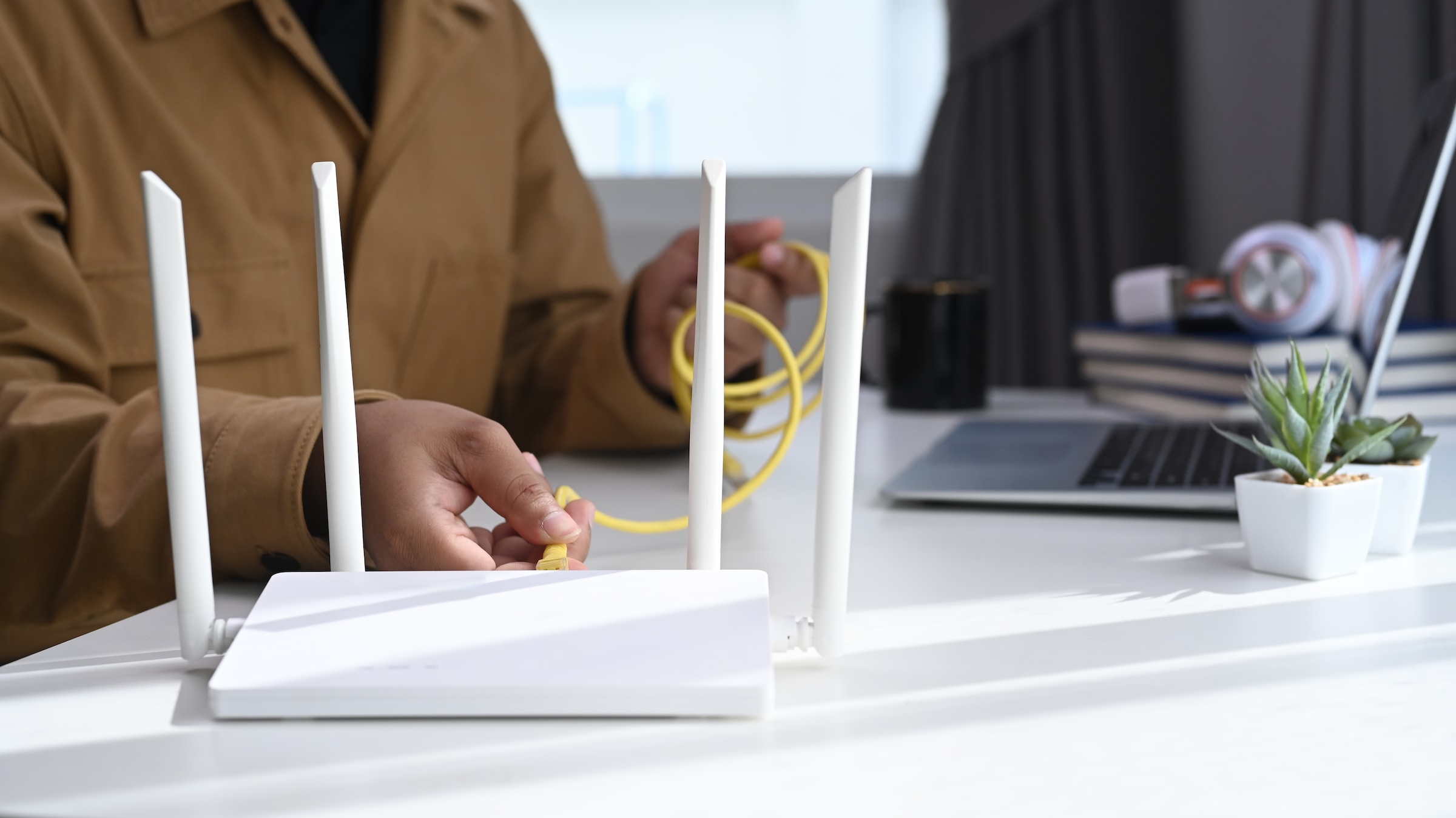
Diving into the Complexities of Data Cabling
Understanding the mechanics of data cabling is essential for appreciating the multifaceted role of modern electricians. Data cables are the primary pathway for information to flow between devices. They carry signals from one point to another, making communication possible—on a small or large scale.
Just as there are a variety of communication types, there are different sorts of data cables designed to match each specific need. From twisted pair cables used predominantly in ethernet networks to fibre optic cables essential for long-distance transmission, electricians must know their way around these conduits of information.
A Specialised Electrician’s Role in Networking
Electricians are at the forefront when it comes to the setup of networks. They are responsible for preparing the infrastructure to accommodate data cables, ensuring well-organised and efficient installation.
Once the groundwork has been laid, an electrician focuses on setting up terminals and connection points. Their tasks then revolve around ensuring each device receives and sends data signals correctly, promising an optimal and smooth-running network.
As with the rest of their responsibilities, electricians also shoulder the upkeep of networks. They apply their expertise in troubleshooting and rectifying network disruptions, effectively serving as ‘network doctors’.
How Electricians Connect Data Cabling and Networking
Many might ask how exactly electricians bridge the gap between data cabling and networking. In essence, they apply their understanding of cables and mechanics to construct networks enabling seamless data flow between devices.
For instance, imagine a bustling office filled with computers, printers, servers, and other appliances. The electrician’s job is to weave a data network that interconnects all these devices, ensuring efficient performance. They do this by selecting the right data cables, installing them, establishing connection points, and conducting routine checks for potential issues.
Frequently Asked Questions:
How have the roles of electricians changed in the digital age?
In the digital age, the roles of electricians have expanded to encompass data cabling and networking. Along with their traditional responsibilities, they are now also required to set up, maintain and troubleshoot data networks, essentially acting as the backbone of the digital infrastructure of businesses and homes.
What types of data cables do electricians deal with?
Electricians deal with various types of data cables to match different communication needs. Some of these include twisted pair cables, predominantly used in ethernet networks, and fibre optic cables, essential for long-distance data transmission. The choice of cable depends on the specific requirements of the network in question.
What does referring to electricians as ‘network doctors’ mean?
When we refer to electricians as ‘network doctors’, we mean that they are the professionals responsible for diagnosing and rectifying any disruptions or faults in a network system.
It can include troubleshooting connectivity issues, repairing damaged cables, or fixing network configuration problems. Just like how a doctor diagnoses and treats health problems in a patient, a ‘network doctor’ identifies and resolves issues with a network.
The Bottom Line:
In conclusion, the modern electrician’s role has morphed to envelop not only traditional electrical work but also the realm of data cabling and networking. As we lean more towards a digitally interconnected world, these professionals are responsible for building and maintaining the critical infrastructures that power our digital lives.
